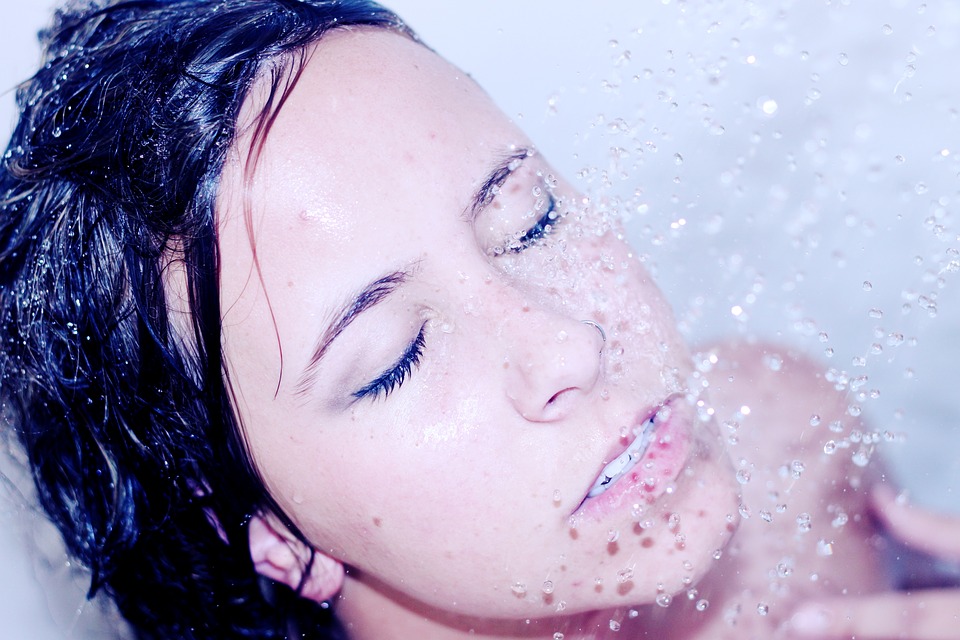Reading the ingredients on a shampoo bottle can feel like reading a foreign language. What is diethanolamine, and should you be lathering it in your hair? Not to worry — Valley has got you covered.
One suspicious shampoo ingredient you may have heard of is sulfate. On the back of many shampoo bottles, “sodium laureth sulfate” or “SLS” is the second most common ingredient behind water. In general, sulfates do an impressive job attacking the dirt and build up along your scalp. Part of their controversy, though, is that they also ultimately might strip your hair of healthy oils, too. In recent years, hair care brands have responded to consumer’s concerns over the chemical by making more sulfate-free shampoos.
While sulfates were at one time rumored to be a carcinogen, this has been disproved several times and is denied by the American Cancer Society. However, there is some truth to the claim that SLS is an irritant. Not only can it be harsh on your hair, it also can irritate your skin and eyes. While sulfates aren’t dangerous, you may find that it’s just too harsh for you, particularly if you have dry or colored hair.
A questionable shampoo ingredient with a more approachable name is sodium chloride — or table salt. Sodium chloride is put in shampoo to thicken locks, but it’s also been blamed for itchy scalps and hair loss. It’s good to keep the possible downsides in mind, but keep in mind that what causes someone else’s hair to fall out could work fine for you.
So if SLS and sodium chloride should be used warily, what ingredients should you want to see on the bottle? Simply put, ingredients you recognize are often good for your hair. For example, argan oil, olive oil and shea butter are all gentle, moisturizing ingredients found in affordable shampoos. A relatively new line of hair care by Garnier called Whole Blends is host to several different types of shampoo that cater to different concerns. According to Garnier’s site, the products are “Good for your hair and the world we live in.” The shampoos are made with ingredients like honey, coconut oil, avocado oil and coconut water.
While it’s important to understand what the ingredients you’re soaking in your hair are meant to do, the most important thing is to see how your hair responds to them. After all, a healthy head of hair says a lot more than the list on the back of a shampoo bottle!





